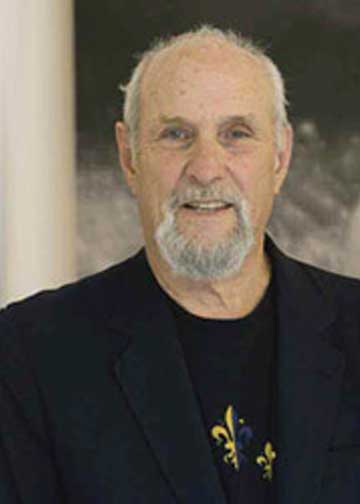
Hal Glicksman curated a number of key exhibitions in Southern California during the 1960s and 1970s. He started his career as a preparator at the Pasadena Art Museum, where he helped formalize professional guidelines for preparators. During his time there, Glicksman worked on the 1963 Marcel Duchamp retrospective. He also designed and installed the United States' presentation for the eighth Bienal Internacional de São Paulo, Brazil in 1965. In 1970 Glicksman accepted a position as Associate Director of the Corcoran Gallery of Art in Washington, D.C. and later returned to California in 1972 as Director of the Art Gallery at UCI. Among the significant group exhibitions he curated at UCI, Assemblage in California and Los Four demonstrate Glicksman's long-term interest in both Chicano art and assemblage art in California. In 1975 Glicksman organized the large-scale exhibition Collage and Assemblage at the Los Angeles Institute of Contemporary Art and appointed Art Gallery Director at Otis Art Institute, where he curated exhibitions focusing on contemporary artists. In 1981 he founded his own gallery, Percept, a short-lived venue for light and space art. Glicksman also played an important role in the 1985 founding of the Santa Monica Museum of Art, where he served as the museum's first director and helped establish the museum's collecting policy and development agenda.